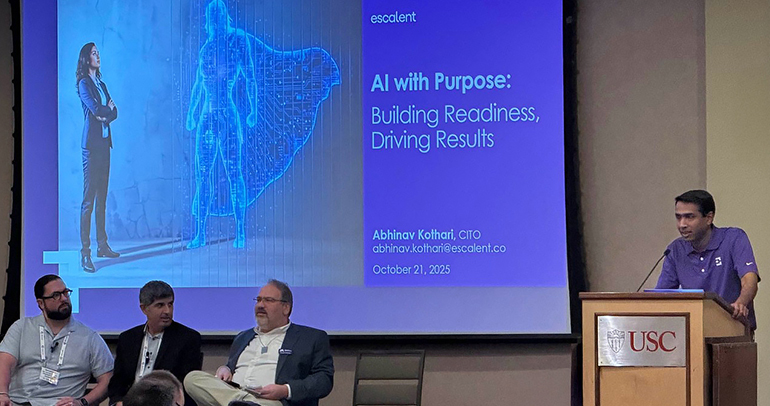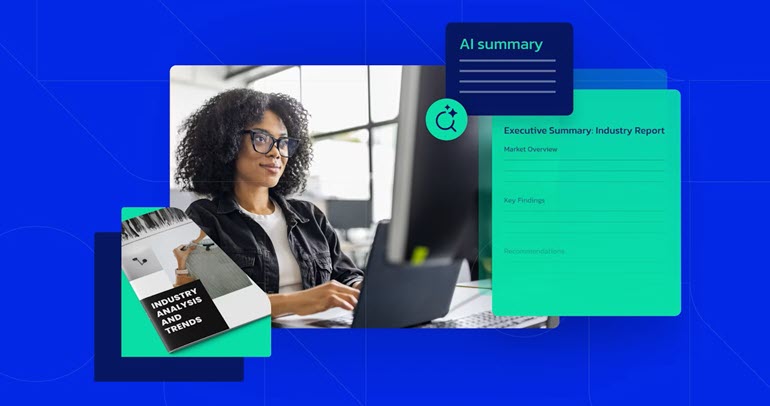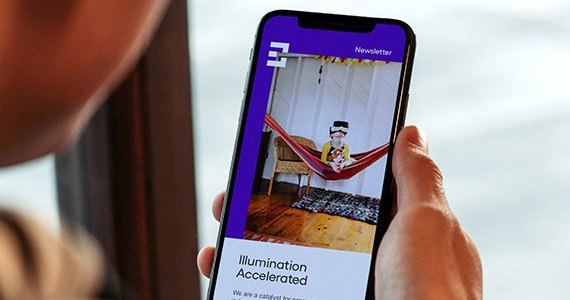
Wouldn’t it be great if we had a crystal ball capable of looking into that future market window and assessing precisely how a car design should look to achieve great success?
Regrettably, such a tool is not in the customer insights arsenal.
So, how can we make car design evaluation research get closer to delivering crystal ball-style future market context?
This blog is the first in a series of opinion pieces by our Automotive & Mobility experts that considers approaches that could provide better contextualised evaluations and diagnostic direction to car designers about what consumers will like, want and be willing to buy in the future.
Vehicle Design Market Research Today
Before transporting ourselves into the future, let’s remind ourselves where market research on vehicle design is today. In simple terms, we usually invite owners of specific cars to come and see future vehicle design ideas—in physical or digital forms—and tell us whether they like or dislike them and the reasons why.
Although they own a car that might constitute a source of sales in that future window, we have little idea if the car owners we invite to our product clinics are more comfortable in the past or in the future. How much will the views of a more conservative buyer help us meet the needs of an evolved future market?
In an effort to raise their eyes to the horizon, we may even invite these car owners to “imagine the world five years from now.” However, we probably lost them at “imagine,” as just thinking about next year’s summer holiday could already be a struggle.
We risk losing car designers as Joe Public marks their work based on present day criteria and context that will be less relevant in that future market.
Where Vehicle Design Evaluations Need to Be in the Future
There are steps that we market researchers and customer insights teams can take to close the gap between car owners grounded in the present and the new normal that will be the future market.
- Prime Consumers for the Future Car Market
To provide a conceptual stepping stone between today and the future vehicle market, there is value in immersing car owners in what will be around the corner before completing research activities with them. By sharing future legislative developments, environmental restrictions, and societal and vehicle design trends, we can better signpost the future we’re asking car buyers to imagine and encourage car design evaluations for a future we’ve primed them on envisioning.
The priming process itself is also important—walking through a dense “future-facing car wash” a few minutes before vehicle evaluations risks sensory overload where little content penetrates the conscious mind. Priming consumers must be sensitively phased and include a bit of self-discovery—finding the answer is more potent than being told the answer.
Foresight teams play a clear role in painting an expansive, objective picture of the anticipated future that is relatable to car buyers but avoids becoming a subjective, self-serving fait accompli where the automaker’s proposed vehicle design is obviously the winning choice among the competitive offerings presented for car buyers to evaluate.
- Recruit Research Participants for the Future
Recruiting forward-thinking consumers is not a new concept—for more than 25 years, various automotive manufacturers have used questioning routines designed to unearth more forward-looking people as they define them.
Instead, what if our research approach targets and involves Creatives—people who can generate lots of unique ideas for innovative products and services—to spur truly inspired consumer evaluations and input?
As we enter a phase of accelerated product development that shortens vehicle life cycles and increases the risk of aesthetic and functional redundancy, automakers need to maintain a steady flow of new product concepts capable of securing revenue and volume shares into the future.
There is now a need to refine those future-thinking questioning routines and algorithms so they go beyond mere aesthetic tastes and account for wider societal behaviors. Traditionally, we have evaluated the look of the car exterior and interior in reasonably narrow terms within the confines of a very ingrained set of consumer journey behaviors. When we move to the future world of autonomous vehicles, for example, we need to extend beyond the aesthetic to fully understand the potential for very different consumer journey behaviors. Analytics need to better fuse future-facing consumer mindsets with evaluative data to better determine the lifetime opportunities of different vehicle design concepts.
Taken to an extreme, and in an increasingly global market, there are even questions about which areas of the world early product development research should take place. Some countries have a frame of reference that is far ahead of other markets. It is inviting to think that by using those forward-thinking countries as the consumer test bed for concept development, we may have a product pipeline that is always thoughtfully contemporary.
Driving Innovation: Shaping Tomorrow’s Car Designs Today
We are rapidly moving into the most exciting and challenging time for the car industry. It is time to power up product development research to better anticipate and meet the needs of rapidly evolving markets.
Even if we cannot provide the mystical crystal ball to predict the future with certainty, there are things the market research fraternity can do to reduce the opaqueness of the future and provide clearer vision on likely future success. To bring car buyers closer to the vision of car designers, we need to deliver two things:
- Context—depicting a more informed picture of the future market context
- Progressive perspective—taking greater notice of the opinions and tastes of future-thinking car buyers
Connect with us below to discuss how we can better frame your future car concepts for success.








